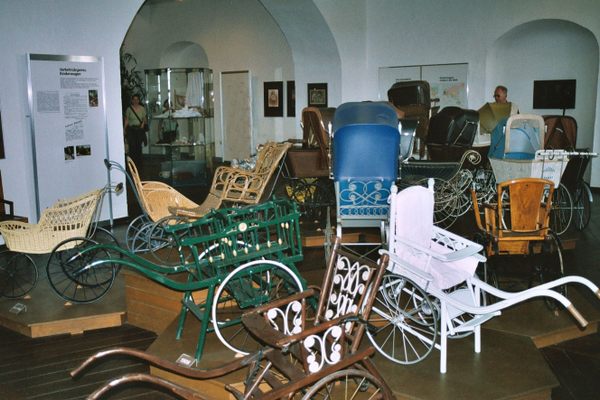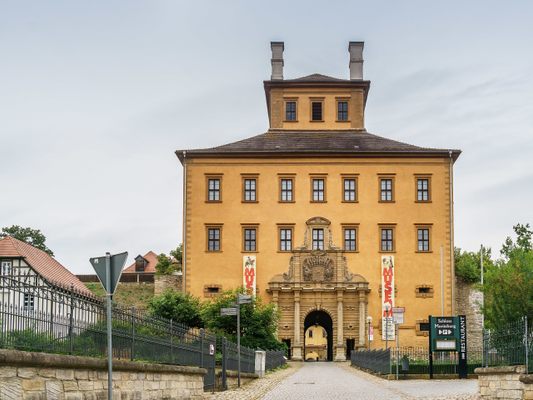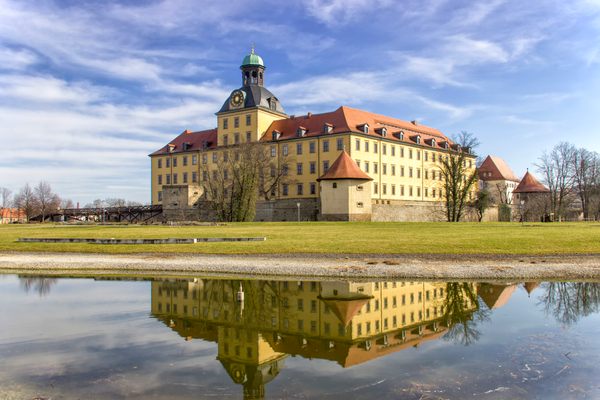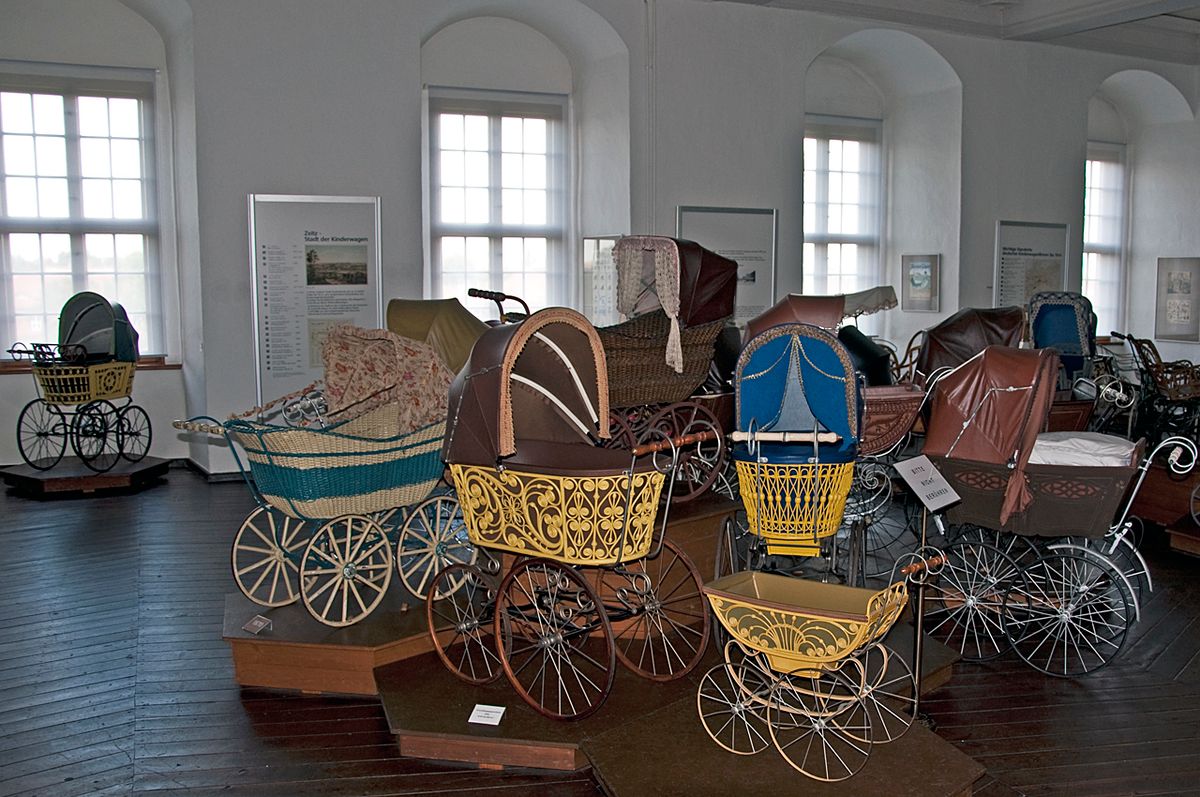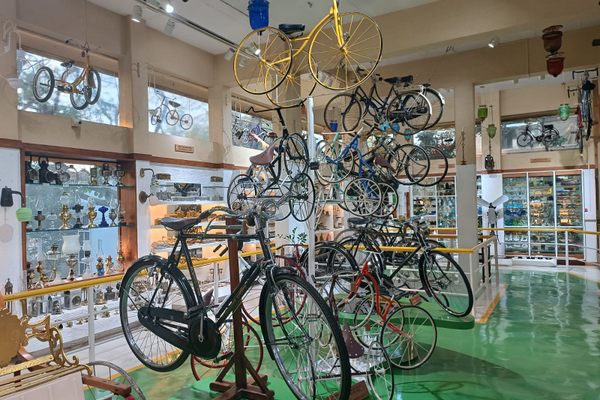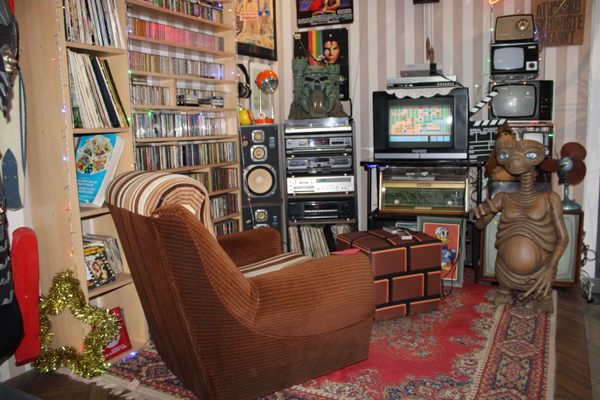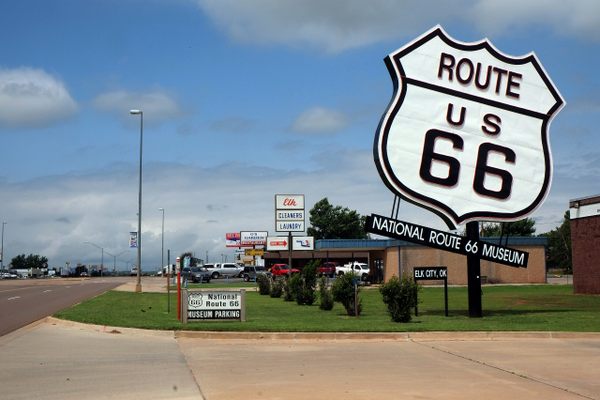About
The German Stroller Museum is located in Schloss Moritzburg in Zeitz. Construction of the baroque castle started in 1675 and took 21 years. The owner, Duke Moritz von Sachsen-Zeitz died only three years later and left the castle to his son Moritz Wilhelm. The only surviving child of Moritz Wilhelm was a girl and as such not entitled to inheritance. So the castle, after it was lived in for only 40 years, went back into possession of the house of Saxony.
After that, the castle was used for less glamorous purposes. Over the time it was a house for the poor, a prison, an unemployment office, and a refugee camp. For the last 75 years, part of the castle has been used as a museum. Today, that museum explores the history of strollers in Germany.
The Deutsches Kinderwagenmuseum (German Stroller Museum) opened in 1996 as a small exhibition of a few strollers. Now there are almost 1,000 different strollers in its collection, making it the largest stroller exhibition in Europe. There are antique strollers that date back to the 1860s as well as more modern examples, and other infant furniture including bassinets, cradles, baby beds, doll strollers, and doll beds.
Many of the items on display were made in Zeitz, which is where many German strollers were fabricated. It started in 1846 when the Wheelwright Ernst Albert Naether and Master Locksmith Deglow built the first strollers in a small shop. Those first strollers were pulled, not pushed. Immediately the demand for those strollers was huge. In the mid-1850s, Naether added the pushable stroller to his assortment. By 1896, the catalog showed 100 different models, 750 people worked in the factory, and strollers from Zeitz were sold all over Europe. Until WWII the Naether Stroller Factory kept her leading position on the European market. After WWII, Zeitz was part of East Germany and the Naether family was expropriated.
Since 1946, the firm continued as the nationally-owned factory Zekiwa. The firm continued making strollers that were sold across Europe. The demand was enormous—at its peak, Zekiwa produced 450,000 strollers and 160,000 doll strollers per year and employed 2,200 people. After the reunification of Germany, the firm lost most of its customers.
Related Tags
Know Before You Go
The museum is open Tuesdays to Sundays from 10 a.m. to 4 p.m. Check the website for ticket prices and more information.
Published
March 28, 2022


